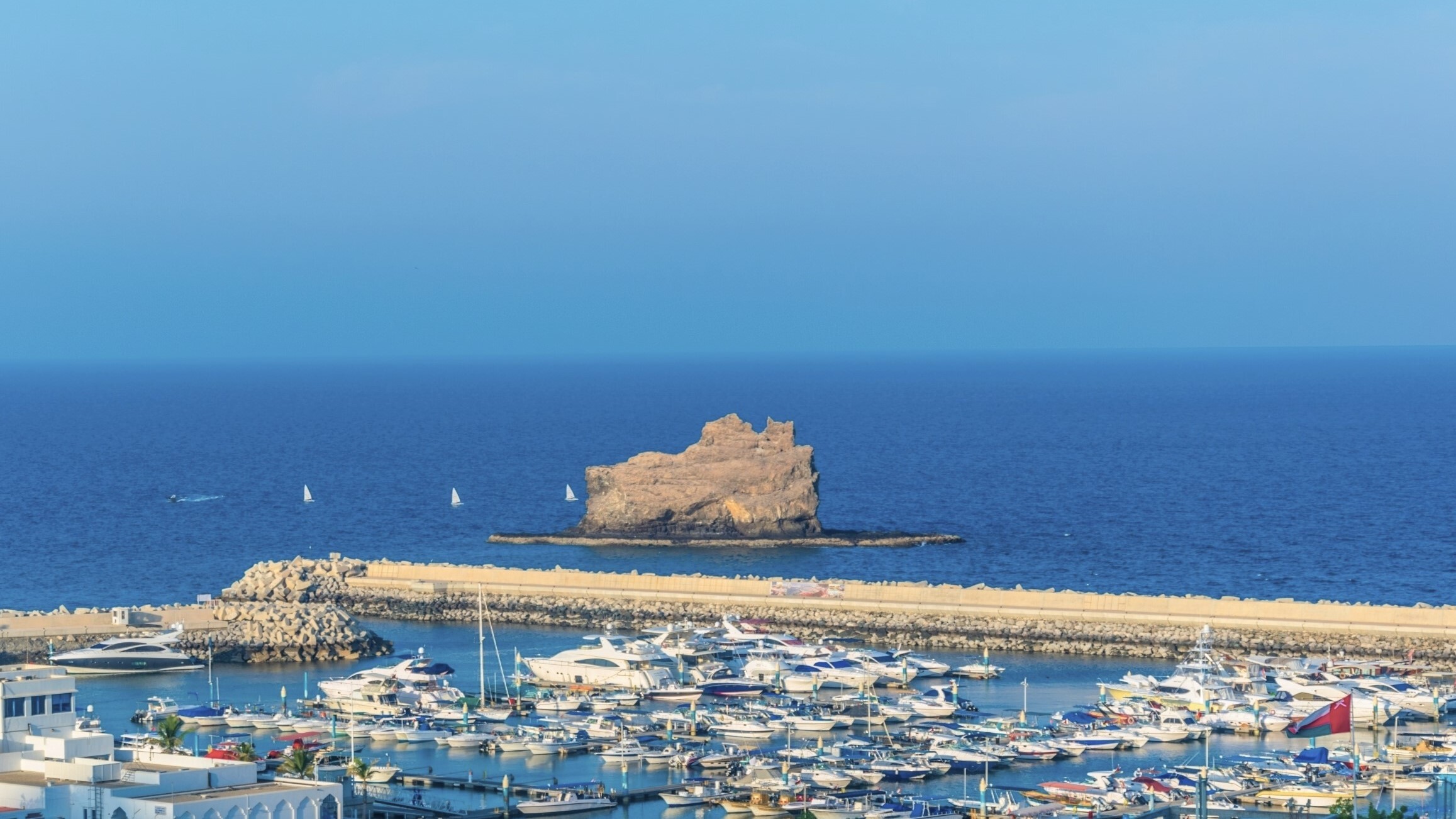Unlike the Hamptons, Marrakech, the retreat of choice for many of the world’s wealthy, has a one thing going for it, good weather all year long. Winter is a mere suggestion. According to the the UK’s Met office (meteorological service), it logs seven hours of sunshine daily, even in January. It may explain why luxury hotels and opulent mansions have sprouted up in a 54-square-mile palm grove known as La Palmerie.

La Mamounia
The Moroccan city has a rich history as a hub of Muslim culture, a driving economy, palaces and gardens. More recently tourism has been a big draw. Architects Antoine Marchisio and Henri Prost erected the luxurious La Mamounia hotel in 1929, which hosted a slew of world figures and artists included Winston Churchill and Josephine Baker. In the 1960s, it became an epicenter of the hippy movement with rock stars and western travelers descending on it. The current Morrocan King, Mohamed VI has the goal of increasing the number of tourists visiting Morocco to 20 million a year by 2020.
However, a fear of travel for Americans inside Muslim countries has probably deterred some wealthy US citizens from visiting. That’s not the case with international visitors. According to Mansion Global, current residents at La Palmeraie include the Emir of Qatar, whose vacation home reportedly cost $117.7 million. Marella Agnelli, widow of Fiat chairman Gianni Agnelli, and Dominique Strauss-Kahn, the former director of the International Monetary Fund, are also homeowners. Fashion magnate Patrick Guerrand-Hermès spends part of the year in Morocco, and founded the Royal Polo Club de la Palmeraie.
Unlike ultra exclusive resorts like Dubai’s The World, which became unstuck during the financial crash, La Palmeraie entertains not just those of extreme wealth but moderate wealth, too. Properties can range from over $100 million to $1 million for a small villa. Building styles combine tradition Moroccan/Islamic designs with modern European flourishes and subdued color tones. Other than the weather and proximity to Europe, the big draw for the elite is the lack of taxation and low property taxes (around $3,500/year for a large home).

Kasbah Tamadot at dusk / photo courtesy of www.virginlimitededition.com
Buying, though, is not a prerequisite to staying in the city. As per the King’s mandate, there are no shortage of luxury hotels. One of the best known is Virgin head, Richard Branson’s Kasbah Tamadot, which was voted Best Resort Hotel, North Africa and the Middle East in the Travel + Leisure World’s Best Awards 2017 readers’ survey. Branson’s move in the city was a prescient one. According to financial news site medias24.com, Marrakech closed 2017 with a record number of 2.5 million tourists, which increased 20 percent compared with 2016. November and December were peak months. Germans made up the greatest number of tourists at 56 percent, French visitors were next with 19 percent growth, followed by Spanish, Scandinavian and locals. The increased number of flights, from 245 flights weekly in 2016 to 361 in 2017 was a big reason for the bump in tourism.
For Jewish Americans wary of stepping foot on Muslim soil, The Times of Israel reported that the Jewish quarter of Marrakesh has also seen a revival after many Jews left for Israel and Europe in the 1950s. They are now returning en-masse (around 50,000/year) as tourists to visit historical Jewish sites, though only a handful, perhaps 100, of permanent Jewish residents still reside in the quarter.
For those who can’t afford the the glamorous life in Marrakesh, Airbnb has noted phenomenal success with 21,000 active listings earning $22 million last year.
“These travelers are seeking authentic, local experiences across the continent," said Airbnb spokesman Bernard D’heygere.






